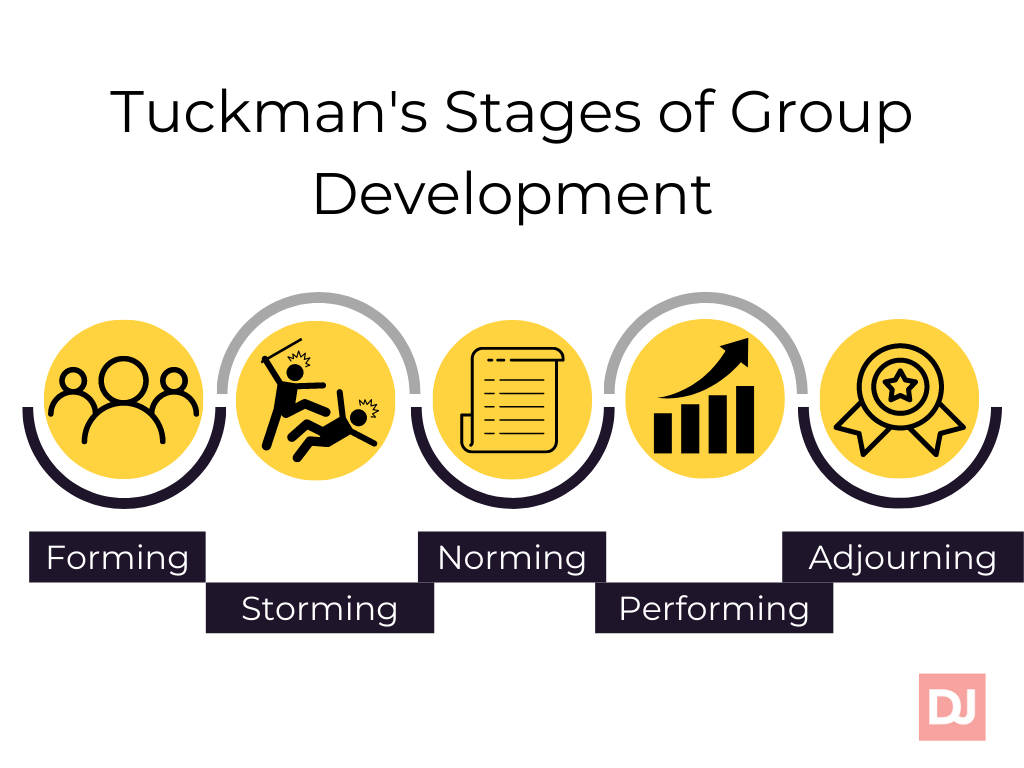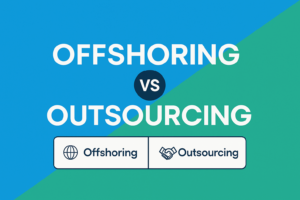Getting started with a new company is always hard, especially for startups. As a team leader, believing in your project is your first duty. This is essential, but often not enough. You still have to onboard the best people on earth.
Have you ever heard of One Piece? If you didn’t, don’t worry. It just means you aren’t a pure nerd or simply that you have a life. One Piece is a Japanese manga, with the longest anime series ever – over 1000 of episodes! Pretend for a moment that the show isn’t just fantasy. This crew is the best example of group development for startups you can find.
The story is about Luffy and his dream: becoming the king of pirates. In order to do so, he gathered the best crew ever. And they stick together for over a thousand episodes. The funny thing is, none of them shared the same dream. None of them wanted to be the king of pirates.
They worked through their differences and priorities to find new strengths as a team all the way. Looking at the evolution of their crew dynamics, you can really get a good example of team development. Which is great, but you are probably still wondering how that could work in real life?
And Above All, Does Group Development Work in Virtual Teams?
Dealing with group development is always a slippery slope, especially for startups. With team members living in different places with different time zones, even getting all the crew together can be a challenge. How to make sure they will know each other enough to work together?
Luffy’s story can’t help here. They are pirates and live altogether on a ship. But we can. For over a decade we have been working remotely, and our first advice is to get a great IT team and make sure of your technologies. As obvious as it sounds, finding and hiring the best developers is the next essential step for your startup.
After you gather your crew and put in place the right tools, it is time to make the team work, ideally smoothly and efficiently. The good news is that you aren’t the first one to face this challenge. There are a thousand successful and unsuccessful examples out there that can help you isolate at least five stages to improve your startup – and I am talking about real life.
What are the Five Stages of Group Development?
Here at DistantJob, we are experts not only with remote hiring processes, but also with remote team building. We always believed that a remote team could be more effective and united than one in an office setting – at least, under the right conditions.
Through the years, we have been helping our clients in finding the best remote candidate for their companies. Following the hiring process, we also take care of team building and group dynamics. With countless examples, we know how unique any situation is. But we also spot a few patterns that can help isolate and deal with group development and team building.
Another good news, someone already worked to give a name to these stages. In 1965, American Psychological Researcher Bruce Tuckman isolated five stages to understand and handle the evolution of group developments: forming, storming, norming, performing, adjourning.
What are Tuckman’s Stages of Group Development?

After a decade, we think this is still the best guide for group development for startups. Here is a short introduction of Tuckman stages and how you can work with them in a virtual team:
Stage #1: Forming
For a new team, especially for a startup, the first stage is usually about getting to know each other, projecting goals, planning tasks, defining roles. Which, in short, means a lot of meetings and adjustments.
For this first stage, psychological dynamics are crucial. With a new project and new team, some members will be less independent, seeking guidelines.
Here is when your managerial practices come into play. As a team leader, make sure to set realistic goals as well as precise tasks. Most importantly, be there for any questions and ready to adjust your strategies based on how your team responds to your request.
Especially for virtual teams, this first stage can feel a bit of a mess. This is why we always recommend paying attention to the onboarding part. If you are introducing a new hire or setting up a team from scratch, the crucial step here is to set up clear communication channels and structure individual tasks.
So, prioritize people over hitting targets for this first stage – as long as your team is together, there is always room for improvement and more ambitious goals.
Stage #2: Storming
Just looking at the name, you can get an idea of what this stage is about. This is the time for tensions, conflicts, and competition. After the first adjustments, each member of your team has something to say or a better idea to propose.
This stage is impossible to avoid. So, get ready and embrace it. As a team leader, it is up to you to decide wherever these discussions can be a limit or motivation for your team. Have you ever heard of constructive conflict in the business environment?
Here at DistantJob, we have a fantastic multicultural team working from every part of the world. Through the years, we learned that disagreements or cultural differences are impossible to avoid. On the flip side, constructive discussions are the best fuel for our company’s growth.
Especially for remote startups, different opinions and cultural backgrounds are a plus to get extraordinary results and something you need to monitor. When a discussion happens, promote a healthy dialogue rather than an internal hunt to find someone to blame. Teach your team that different opinions don’t necessarily mean team incompatibility, but on the contrary, a motor for brainstorming and new ideas for productivity.
Stage #3: Norming
If you manage to handle the conflicts arising in your team, you will reach the third stage. At this stage, your team sees you as the one showing them the light at the end of the tunnel—for the company’s good! You manage to adjust responsibilities and tasks. Your team knows how to deal with different opinions and turn them into a positive discussion.
Now that your team is more united than ever, you’ve got them on the right groove, and roles and responsibilities are clear, you can finally set a uniform process. Especially for a remote team, make sure everyone knows how to communicate and document progress and where to find what they need.
Stage #4: Performing
Finally, you get to the happiest stage of group development: the performing phase. This is when you and your team are finally performing to high results and hitting set goals. Like in stage 1, the enthusiasm is back. Solving internal conflicts with good results made your team more confident. Now they can be productive without your constant supervision.
At this point, you are all working towards the same goal. Like a pirate crew, your new-found trust is the fuel for your startup.
Well done in getting so far. Most businesses, especially startups, don’t ever move from stage two. So, be happy with your management strategies. And, above all, be happy because you hired the best people – remember, you wouldn’t get so far without a brilliant team!
Stage #5: Adjourning
Tuckman added this last stage 10 years after his first publications. This is the time to celebrate your success, and take stock of what didn’t work and how your team changed.
This last stage implies that teams won’t last forever, no matter how good and productive they are together. People change, and so do individual priorities. Known also as the ‘mourning phase,’ at this point, your members could feel lost when a project ends or less united with the team without a common goal, and eventually looking for something else.
This final stage doesn’t mean you failed as a team leader, just that things keep moving. So, if you want to keep your team together, find new projects, new goals to make them dream, and if you can, add new members to shake up old dynamics!
So, Does Group Development Work in Virtual Teams?
Yes, it does – even if you aren’t a pirate! Just remember, the success of these five stages always starts with you and your team. Rather than seeing these as set steps to follow, think of these as phases of a dynamic process.
There is never a simple rule that will guarantee full success, especially for virtual teams and startups. Hard work, flexibility, and determination will—for both you and your team.
Plus, remember we are here to help, with extensive experience with remote hiring processes and virtual teams. So, if you want to know more before you launch your brand new remote startup, get in touch!





